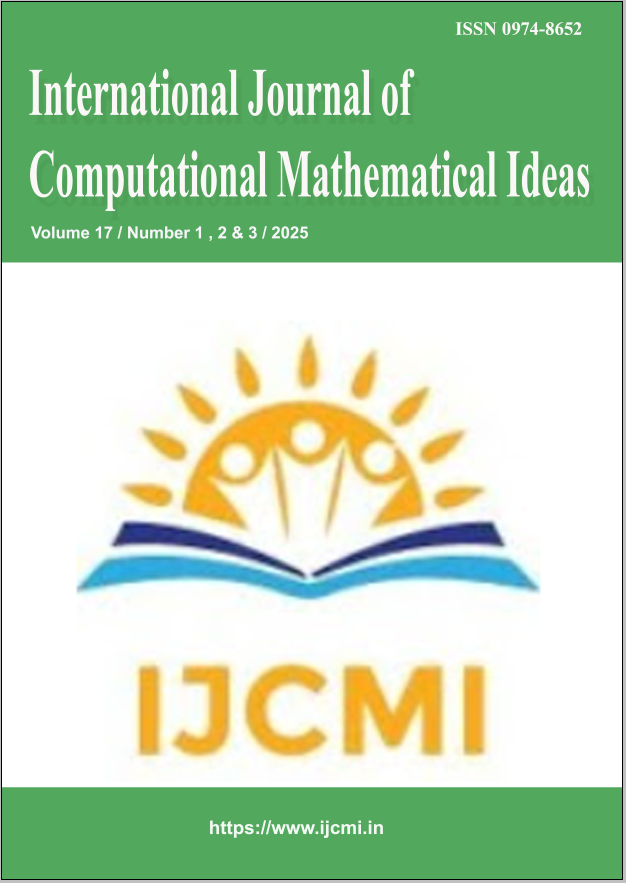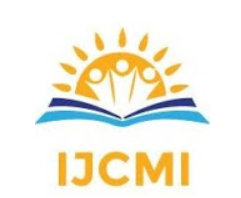Zero Trust Security Architecture for Unified Communications in Distributed Enterprise Environments
DOI:
https://doi.org/10.70153/IJCMI/2025.17201Keywords:
Zero Trust Architecture, Unified Communications, , Context-Aware Security, Real-Time Access Control, Behavioral Risk Scoring, Enterprise Network SecurityAbstract
The growing use of UC and remote team members on cloud systems means that current security methods focused on the organization’s perimeter no longer work. Trusting everyone unconditionally, giving roles-based access and not seeing user behavior can lead to real dangers such as someone gaining access to a session without permission, hijacking a user’s authenticity or a danger from an insider. As a result, this paper offers the Zero Trust Security Architecture (ZTSA) to ensure identity verification is always on, analyze user behaviors and manage real-time context-based access permissions for all UC services. To propose the best possible architecture, a modular framework has been used, integrating Identity Providers, Policy Decision Points, Trust Engines, Adaptive Learning Modules and Policy Enforcement Points, all cooperating to assess session legitimacy in real-time. Telemetry, micro-segmentation and predictive analysis are all used to set access permissions according to each device’s condition, activities and the surrounds. Experimental results demonstrate that the ZTSA framework greatly enhances system protection and makes decisions faster, as its access decision accuracy is 96.8% against 71.3% for the standard systems, with 34.2 milliseconds of latency in policy update. Besides, memory stays intact more, with a behavior downgrade score of 0.14 while using our model which is much better than the baseline’s 0.39. The test demonstrates that the ZTSA method is able to safeguard modern UC systems without lowering the organization’s operations, so it is a good fit for future deployment in enterprises.
Downloads
References
Smith, J., & Brown, A. (2021). Next-generation communication platforms for enhanced customer engagement. Journal of Communication Systems, 43(2), 234–245.
Singamsetty, S. (2021). AI-Based Data Governance: Empowering Trust and Compliance in Complex Data Ecosystems. International Journal of Computational Mathematical Ideas (IJCMI), 13(1), 1007-1017.
Chinthalapally, A. R. (2023). Blockchain and AI Convergence: Creating Explainable, Auditable, and Immutable Data Ecosystems. International Journal of Computational Mathematical Ideas (IJCMI), 15(1), 1233-1247.
Singamsetty, S. (2023) Data Engineering for Dynamic and Secure Blockchain Networks in AI Applications International Journal of Information and Electronics Engineering, 13(4), 52-61.
Gambo, M. L., & Almulhem, A. (2025). Zero Trust Architecture: A systematic literature review. arXiv preprint, arXiv:2503.11659.
Singamsetty, S. (2024). Transforming Data Engineering with Quantum Computing: A New Frontier for AI Models. International Journal of Computational Mathematical Ideas (IJCMI), 16(1), 3066-3077.
Kindervag, J. (2010). No More Chewy Centers: Introducing the Zero Trust Model of Information Security. Forrester Research.
Bindu, N. M., & Satyanarayana, S. (2025). Designing of GAN for a real-time image processing in neuromorphic system. In Primer to Neuromorphic Computing (pp. 21-44). Academic Press.
Kanuri, M. P. K. (2022). Adaptive Multi-Cloud Orchestration Framework for Resilient CPaaS Driven Contact Centers. International Journal of Computational Mathematical Ideas (IJCMI), 14(1), 14307-14321.
Satyanarayana, S., Khatoon, T., & Bindu, N. M. (2023). Breaking Barriers in Kidney Disease Detection: Leveraging Intelligent Deep Learning and Artificial Gorilla Troops Optimizer for Accurate Prediction. International Journal of Applied and Natural Sciences, 1(1), 22-41.
Gambo, M. L., & Almulhem, A. (2025). Zero Trust Architecture: A Systematic Literature Review. arXiv preprint, arXiv:2503.11659.
Satyanarayana, S., Khatoon, T., & Bindu, N. M. (2025). Neomorphic home automation systems. In Primer to Neuromorphic Computing (pp. 97-125). Academic Press.
Akula, N. V. C. (2025). Optimizing Regional Disaster Recovery in OpenShift: A Multi-Cluster Approach with RHACM and ODF. International Journal of Computational Mathematical Ideas (IJCMI), 17(1), 7027-7038.
Reddy, L. V., Ganesh, D., Madhavi, A., Ahmad, I., Madamala, R., & Logeshwari, P. (2024, July). Plant disease detection and classification using advanced artificial intelligence and machine learning approaches. In AIP Conference Proceedings (Vol. 3101, No. 1). AIP Publishing.
Ahmed, S., Shihab, I. F., & Khokhar, A. (2025). Quantum-driven Zero Trust Framework with Dynamic Anomaly Detection in 7G Technology: A Neural Network Approach. arXiv preprint, arXiv:2502.07779.
Rachiraju, S. C., & Revanth, M. (2020, May). Feature extraction and classification of movie reviews using advanced machine learning models. In 2020 4th International Conference on Intelligent Computing and Control Systems (ICICCS) (pp. 814-817). IEEE.
Chandramouli, R., & Scarfone, K. (2020). Zero Trust Architecture. National Institute of Standards and Technology, SP 800-207. https://doi.org/10.6028/NIST.SP.800-207
Sathish, B. S., Ranganayakulu, A., Revanth, M., & Rao, M. N. (2020, February). A Novel Design of Service Robot for Aged and Handicapped Using Raspberry Pi. In 5th International Conference on Next Generation Computing Technologies (NGCT-2019).
Singamsetty S (2025), “AI-Optimized Bio-Impedance Sensing with Puffer Fish Algorithm: A Breakthrough in Non-Invasive Glucose Monitoring”, International Journal of Education & Applied Sciences Research, Volume 12, Issue 1, 2025, pp 09-20.
Satyanarayana, S., & Singamsetty, S. (2024). Harnessing Reinforcement Learning for Agile Portfolio Management in Nifty 50 Stock Analysis. Sparklinglight Transactions on Artificial Intelligence and Quantum Computing (STAIQC), 4(1), 32-42.







